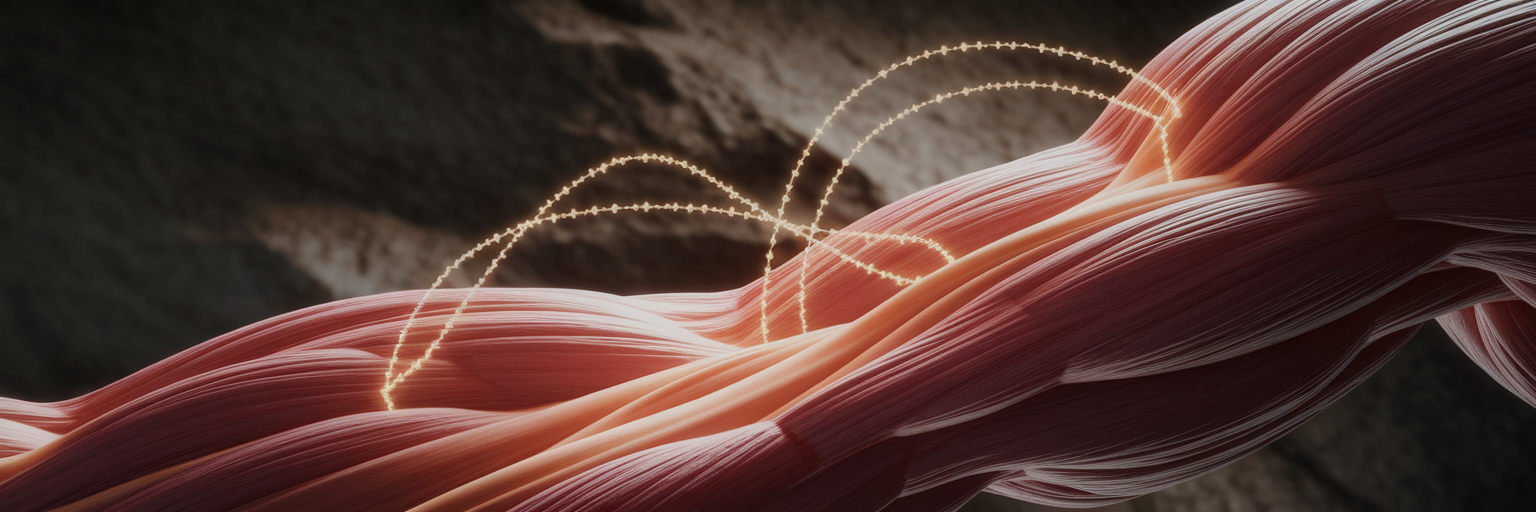Why Creatine Is a Game-Changer for Plant-Based Athletes
Here’s something that might surprise you: individuals following a plant-based diet naturally have lower creatine stores in their muscles. This isn't a disadvantage. Instead, think of it as a massive opportunity to enhance your performance with smart supplementation. Because creatine is found almost exclusively in animal products, this difference is completely normal for anyone eating a vegan or vegetarian diet.
So, what does creatine actually do? Think of it as the recharge pack for your muscles’ batteries. It helps rapidly regenerate adenosine triphosphate (ATP), which is the primary fuel your body uses for short, explosive movements like a heavy squat or an all-out sprint. When your ATP runs low, your power output drops. Creatine steps in to quickly replenish it, allowing you to push harder for longer.
For creatine for plant-based athletes, supplementing can be particularly effective. The benefits are well-documented and can make a noticeable difference in your training outcomes. If you're looking for more ways to optimize your performance, you can explore additional topics on our blog.
Supplementing with creatine can help you:
- Increase strength and power output during intense efforts.
- Enhance your capacity for muscle growth when combined with resistance training.
- Improve anaerobic performance, helping you squeeze out more reps or maintain higher intensity.
- Potentially support cognitive function, which is a fascinating and emerging area of research.
Best of all, creatine is one of the most extensively studied supplements on the planet. It’s considered safe and is permitted for use in all major sports, giving you peace of mind as you work toward your goals.
The Science of How Your Body Uses Creatine

Understanding how your body uses creatine helps demystify when you should take it. The process is actually quite straightforward. After you consume creatine, it gets absorbed into your bloodstream, with levels typically peaking about one to two hours later. From there, its main destination is your muscle cells, but it needs a little help getting inside.
This is where your workout plays a key role. During exercise, your body triggers a phenomenon called hyperemia, which is just a technical term for increased blood flow to your working muscles. As research from Frontiers in Sports and Active Living highlights, this process creates a "superhighway" for nutrients. With more blood rushing to your muscles, creatine can be delivered more efficiently right where it's needed most.
But delivery is only half the battle. To get inside the muscle cell, creatine relies on another key player: insulin. Think of insulin as a gatekeeper with a key. When you eat carbohydrates and protein, your body releases insulin, which then "unlocks" your muscle cells to allow nutrients like glucose and creatine to enter. This is why pairing creatine with food is so important for absorption. This simple biological mechanism is the foundation for all timing recommendations. To learn more about how it works, check out our article exploring the proven benefits of creatine monohydrate.
Timing Your Creatine on Training Days
When it comes to the best time to take creatine on days you train, you’ll hear passionate arguments for both pre- and post-workout. Let’s look at the logic behind each so you can make the best choice for your routine.
The Pre-Workout Argument
The thinking here is simple: taking creatine before your workout "pre-loads" your muscles with the energy they need to perform at their peak. The idea is that by topping off your creatine stores right before you lift, you’ll have more immediate power available for those first few heavy sets. It’s about having the fuel in the tank right when you turn the ignition.
The Post-Workout Advantage
On the other hand, the post-workout camp views your muscles as being like sponges after a tough session. They are depleted and primed for nutrient uptake to kickstart the recovery and repair process. Taking creatine during this "anabolic window" alongside protein and carbs could lead to better absorption and storage, helping your muscles replenish what they just used while preparing for the next session.
What the Research Actually Shows
So, who is right? While the science isn't completely settled, there is some evidence pointing toward a slight edge for post-workout timing. A study published in the Journal of the International Society of Sports Nutrition found that athletes who took creatine immediately after their workouts gained more lean mass compared to those who took it beforehand. However, it's important to remember that the difference was small. The most critical factor by far is consistency. Forgetting to take it post-workout is worse than remembering to take it pre-workout. Our friendly recommendation? Aim for post-workout if you can, but don't stress if you take it before. Just make sure you take it.
Creatine Dosing on Your Rest Days

What about the days you aren't hitting the gym? The goal on rest days shifts from immediate performance to simple maintenance. You want to keep your muscle creatine stores fully saturated so you’re ready for your next training session. Because you’re not trying to fuel an imminent workout, the exact timing becomes much less important.
The best practice for how to take creatine vegan style on a rest day is to take your daily 3-5 gram maintenance dose with a meal. Pairing it with food that contains both carbohydrates and protein helps stimulate that all-important insulin response we talked about earlier, which aids absorption even without the boost from exercise-induced blood flow.
To make it a consistent habit, find a time that works for you and stick with it. For example, you could mix it into a breakfast smoothie or simply take it with your lunch every day. Consistency is what ensures your muscles stay topped off. If you need some inspiration, check out these easy vegan protein recipes that pair perfectly with your daily dose.
Boosting Absorption with Plant-Based Meals
Now that you know the science, let's get practical. Combining creatine with the right foods is a simple and effective way to maximize its uptake. The Australian Institute of Sport suggests that pairing creatine with around 50 grams of protein and 50 grams of carbohydrates can significantly enhance absorption. This combination helps create the insulin spike needed to shuttle creatine into your muscle cells efficiently.
As a vegan athlete, hitting these numbers is easy with the right meal planning. Here are some simple ideas to get you started, making it easy to find effective vegan muscle growth supplements and food pairings.
Post-Workout Vegan Meal Ideas:
- A smoothie with one scoop of our Chocolate Vegan Protein, one banana, a cup of oat milk, and a tablespoon of almond butter.
- A large bowl of lentil soup with a side of whole-wheat bread.
- Oatmeal made with soy milk, topped with berries and a handful of walnuts.
Rest Day Vegan Meal Ideas:
- A large bean burrito on a whole-wheat tortilla with brown rice and salsa.
- A tofu and vegetable stir-fry served with a generous portion of quinoa.
- Three-bean chili topped with avocado and a side of cornbread.
Mixing your creatine is just as simple. Our Creatine Monohydrate dissolves easily in water, juice, or your favorite protein shake. Just add your 3-5 gram scoop, stir or shake well, and enjoy with your meal.
The Loading Phase vs. Daily Maintenance Dose
When starting with creatine, you have two main paths you can take. There’s no single "right" way, so you can choose the one that best fits your goals and preferences.
The first option is the traditional creatine loading phase vegan athletes can use. This involves taking a higher dose—typically 20-25 grams per day, split into 4-5 smaller doses—for about 5-7 days. The goal is to saturate your muscles as quickly as possible. After the loading phase, you drop down to a daily maintenance dose of 3-5 grams.
The second option is to skip the loading phase altogether and start directly with the 3-5 gram daily maintenance dose. This approach is simpler and gentler on the stomach, though it takes longer—about three to four weeks—to achieve full muscle saturation. Both methods ultimately lead to the same result.
To help you decide, here’s a quick comparison:
| Factor | Loading Phase | Maintenance-Only |
|---|---|---|
| Speed of Results | Fast (full saturation in 5-7 days) | Slower (full saturation in 3-4 weeks) |
| Simplicity | More complex (multiple doses per day) | Very simple (one dose per day) |
| Digestive Comfort | Higher chance of minor GI upset | Very low chance of GI upset |
| Best For | Athletes needing quick results | Those prioritizing simplicity and comfort |
Ultimately, the choice is yours. If you have a competition coming up, loading might be beneficial. If you prefer a simpler, steadier approach, maintenance-only works perfectly. If you have more questions, our FAQ page has plenty of additional information.



